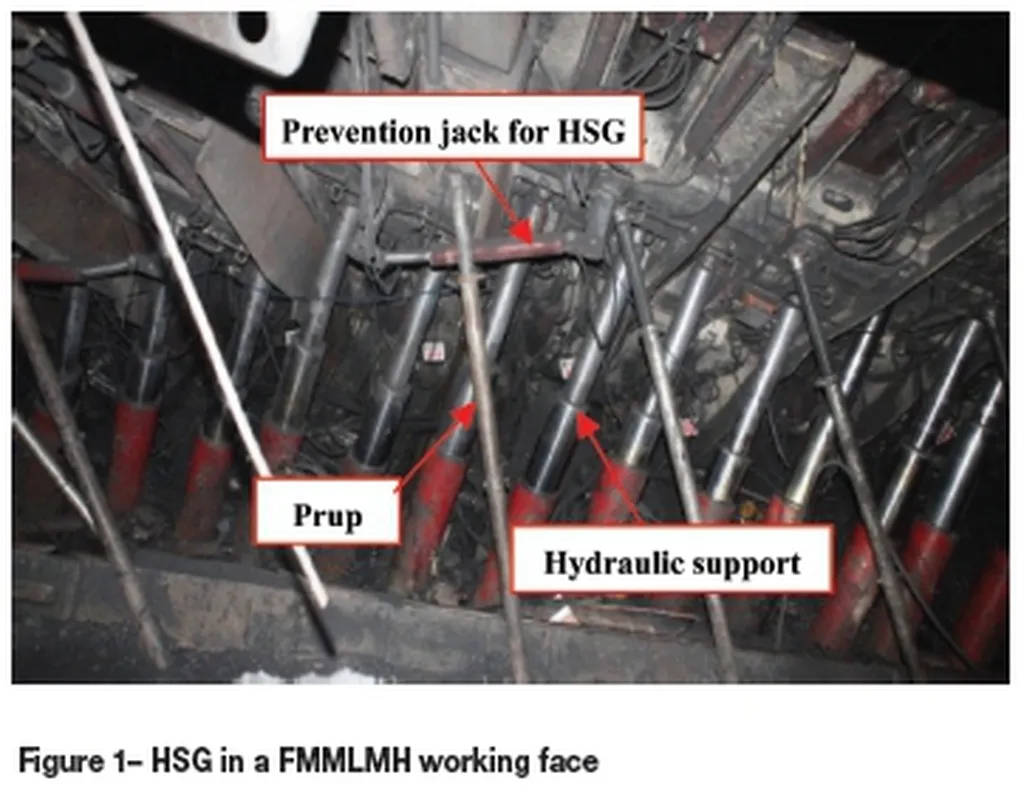In the heart of the mining industry, where the relentless pursuit of efficiency and safety is paramount, a groundbreaking development has emerged that could redefine the standards of hydraulic support systems. Researchers, led by GUO Zijian, have unveiled a pioneering pilot-operated check valve lowering impact test system, designed to mimic the extreme conditions of large mining-height longwall faces. This innovation, detailed in the journal *Gong-kuang zidonghua* (which translates to *Mining Automation*), promises to bring a new level of precision and reliability to the energy sector.
The test system, a marvel of engineering, comprises two critical subsystems: a hydraulic subsystem and a measurement and control subsystem. At the core of the hydraulic subsystem lies a two-stage booster cylinder with a stepped structure, a design that enables it to maintain pressure, pressurize, and unload using conventional mine emulsion pumps. This component is not just a technical feat but a game-changer. “The two-stage booster cylinder allows us to reproduce the exact conditions the pilot-operated check valve experiences in real-world scenarios,” explains GUO Zijian. “This ensures that our tests are not just accurate but also highly relevant to the industry’s needs.”
The measurement and control subsystem, built on virtual instrument technology, captures pressure changes with astonishing precision, thanks to its 100 KS/s high-frequency acquisition capability. This subsystem doesn’t just collect data; it processes and analyzes it, providing remote control of the hydraulic system and ensuring the safety and automation of the test process. The integration of these subsystems creates a robust framework that can handle the high-stress and large-flow conditions typical of large mining operations.
The implications for the energy sector are profound. The test system’s ability to reproduce the elastic energy storage effect during the unlocking process of the pilot-operated check valve means that manufacturers and operators can now evaluate the performance of these valves under conditions that closely mirror real-world use. This level of accuracy is crucial for ensuring the safety and efficiency of hydraulic support systems in mining operations.
The test system’s impact was demonstrated using an FDY1600/50 type pilot-operated check valve specimen. The results were impressive, reflecting the intense impact, rapid pressure relief, and stable flow unloading characteristics of the valve. These findings, consistent with actual working condition test results, underscore the system’s reliability and potential to revolutionize the industry.
As the energy sector continues to evolve, the need for advanced testing systems that can handle the complexities of modern mining operations becomes increasingly critical. The pilot-operated check valve lowering impact test system represents a significant step forward in this direction. By providing intuitive data support for evaluating valve performance, it paves the way for safer, more efficient mining practices.
The research published in *Gong-kuang zidonghua* not only highlights the technical prowess of the team led by GUO Zijian but also sets a new benchmark for the industry. As the mining sector grapples with the challenges of large-scale operations, innovations like this test system offer a glimpse into a future where safety and efficiency are not just goals but achievable realities. The journey towards this future is underway, and the impact of this research will undoubtedly shape the landscape of mining technology for years to come.

